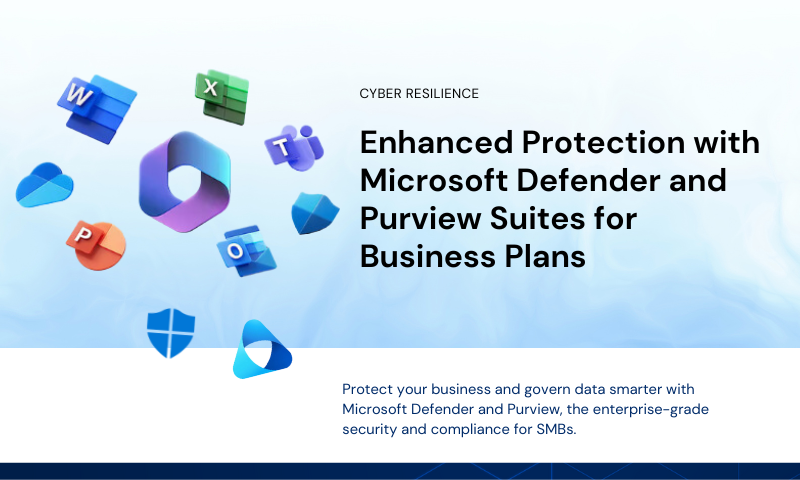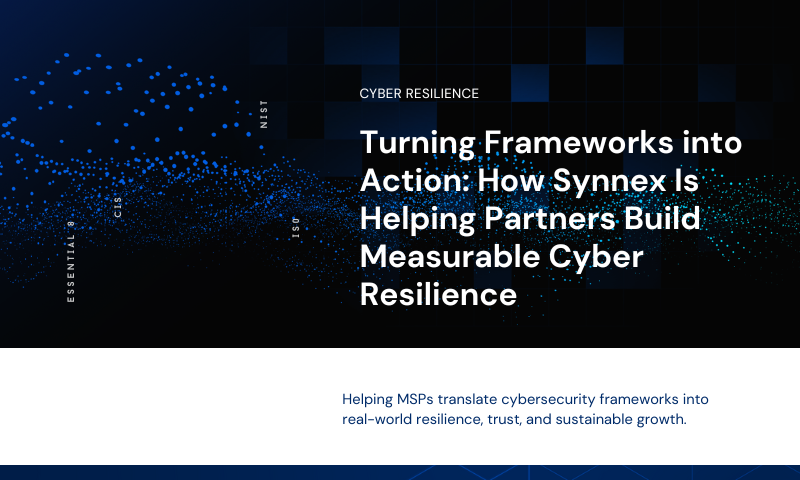It’s 2019, and if you’re a small business then you know that a data security breach can cripple, or even kill your business.
Let’s set the scene:
1. You’ve set up a server in your small business and you’re ready to begin putting it to use for serious productivity.
[nk_awb awb_type=”image” awb_image=”3311″ awb_image_size=”full” awb_image_background_size=”cover” awb_image_background_position=”50% 50%” awb_parallax=”scroll” awb_parallax_speed=”0.5″ awb_mouse_parallax=”true” awb_mouse_parallax_size=”30″ awb_mouse_parallax_speed=”10000″ awb_styles=” padding-top: 120px; padding-bottom: 120px;”]
[/nk_awb]
2. All is going well at first, until one day the unexpected happens: there’s a power outage.
[nk_awb awb_type=”image” awb_image=”3312″ awb_image_size=”full” awb_image_background_size=”cover” awb_image_background_position=”50% 50%” awb_parallax=”scroll” awb_parallax_speed=”0.5″ awb_mouse_parallax=”true” awb_mouse_parallax_size=”30″ awb_mouse_parallax_speed=”10000″ awb_styles=” padding-top: 120px; padding-bottom: 120px;”]
[/nk_awb]
3. Your server shuts off and, essentially, so does the online service you were providing.
[nk_awb awb_type=”image” awb_image=”3313″ awb_image_size=”full” awb_image_background_size=”cover” awb_image_background_position=”50% 50%” awb_parallax=”scroll” awb_parallax_speed=”0.5″ awb_mouse_parallax=”true” awb_mouse_parallax_size=”30″ awb_mouse_parallax_speed=”10000″ awb_styles=” padding-top: 120px; padding-bottom: 120px;”]
[/nk_awb]
4. This power outage has also placed unnecessary wear on your equipment and resulted in irretrievable data loss.
5. Just when you thought it couldn’t get any worse, after enough on and off cycles, your hardware has suffered enough wear and tear and simply given up.
If only you had some way to ensure that your server stays on, no matter what.
Did someone say UPS?
Uninterruptible power supply sometimes referred to as an uninterruptible power source/system, is a device that provides continuous power to a source even if the main power or power source fails.
Unlike other emergency power sources, a UPS delivers near-instant power through its stored battery backup.
When activated, UPS gives systems integrators enough UPS runtime to turn on a standby power source or to properly shut down equipment.
A UPS is a crucial piece of equipment for a variety of industries in which losing power is not an option; which I’m sure that’s the case for many of you.
The global data centre UPS market was valued at $4.88 billion (2017) and is expected to expand at a compounded annual growth rate (CAGR) of 7.5% from 2018 to 2026.
Despite their surging popularity, choosing the right UPS system is still slightly challenging as they come in a variety of topologies and designs.
To help clear up some of the confusion this variety causes, let’s dive into the different types of UPS systems.
The truth is…
It’s a common belief that there are only two types of UPS systems:
1. Standby
2. On-line
This belief is far from the truth and does not consider the diversity of UPS topologies and their varied functions and characteristics.
The most common types of UPS are:
1. Standby
2. Line-interactive
3. Double conversion online
Keep your servers and computers up and running
According to ATEN, hardware failure is the main contributor to power loss.
Unlike laptops; server computers or network devices lack built-in batteries, which is where a UPS comes in.
Solution 1: Uninterrupted power supply that will not cut out in the event of a blackout
With its own battery power, a UPS gives your servers much-needed backup power functionality
This comes with no latency either: since an on-line UPS is continuously drawing power from the wall source to its battery system, there is absolutely no power interruption in case of voltage regulation issues or power loss
Stabilises power to your devices from outside sources and keeps them on and running at the correct voltage
Solution 2: Monitor and manage a UPS device remotely with a SNMP card
– This connects directly to the Ethernet network
– Does not require an individual UPS management software on a network server
– Greater control anywhere off-site
Solution 3: Network and power surge protection
– A UPS device prevents power surges at the network port from damaging sensitive equipment
Let’s set a different scene from the start of this blog
You’re a small business that, like many other SMBs, is faced with the prospect of increasing your online services.
You have two options:
1. you outsource to a third-party online service provider or
2. set up your own, dedicated on-site servers.
The latter is becoming increasingly popular, but in order for a small business to set up servers, a UPS device is necessary.
That’s because every online service, regardless if it’s from a small company or the biggest tech firm, wants its customers to have 24/7/365 access to its product.
Power outages and blackouts threaten a company’s ability to constantly offer their services and retain.
Businesses often can’t afford a lack of proper surge protection to potentially damage their servers or to lose data from a power outage.
Both small and large companies should do whatever it takes to avoid any of these disastrous situations.
In comes UPS
Small businesses especially, need to make use of a UPS because often their servers are not set up in the most optimal conditions:
– setting up servers in a conventional closet,
– a poorly ventilated space, or
– even on the office floor.
This increases the likelihood of servers overheating, staff tripping over cables, and in some cases, even cleaning person unplugging a server by accident.
While ideally, servers should always be placed in dedicated, temperature-regulated server rooms, this is not always within a business’s budget.
If that is the case, a UPS can help to mitigate some of these issues until a more secure infrastructure solution, such as a micro data centre, is put in place.
Even after that is done, it is still wise to deploy a UPS device.
UPS devices are ideal for server rooms for several reasons beyond providing power in an outage situation.
With a UPS device that offers true double-conversion with an output power factor of 1, you’ll have more real power in watts is going to the devices that need it the most.
ATEN is here to stay
ATEN’s own professional online UPS series includes 8 models and feature the industry-leading output power.
These series are ideal for small-sized ICT environments from small server rooms to network closets and telecoms systems.
For more information on how to take up this offer, contact the team.
[simple-author-box]



[…] policies are generally unique for each company and companies following good security practice should not allow you to use the same (read: old) password more than […]